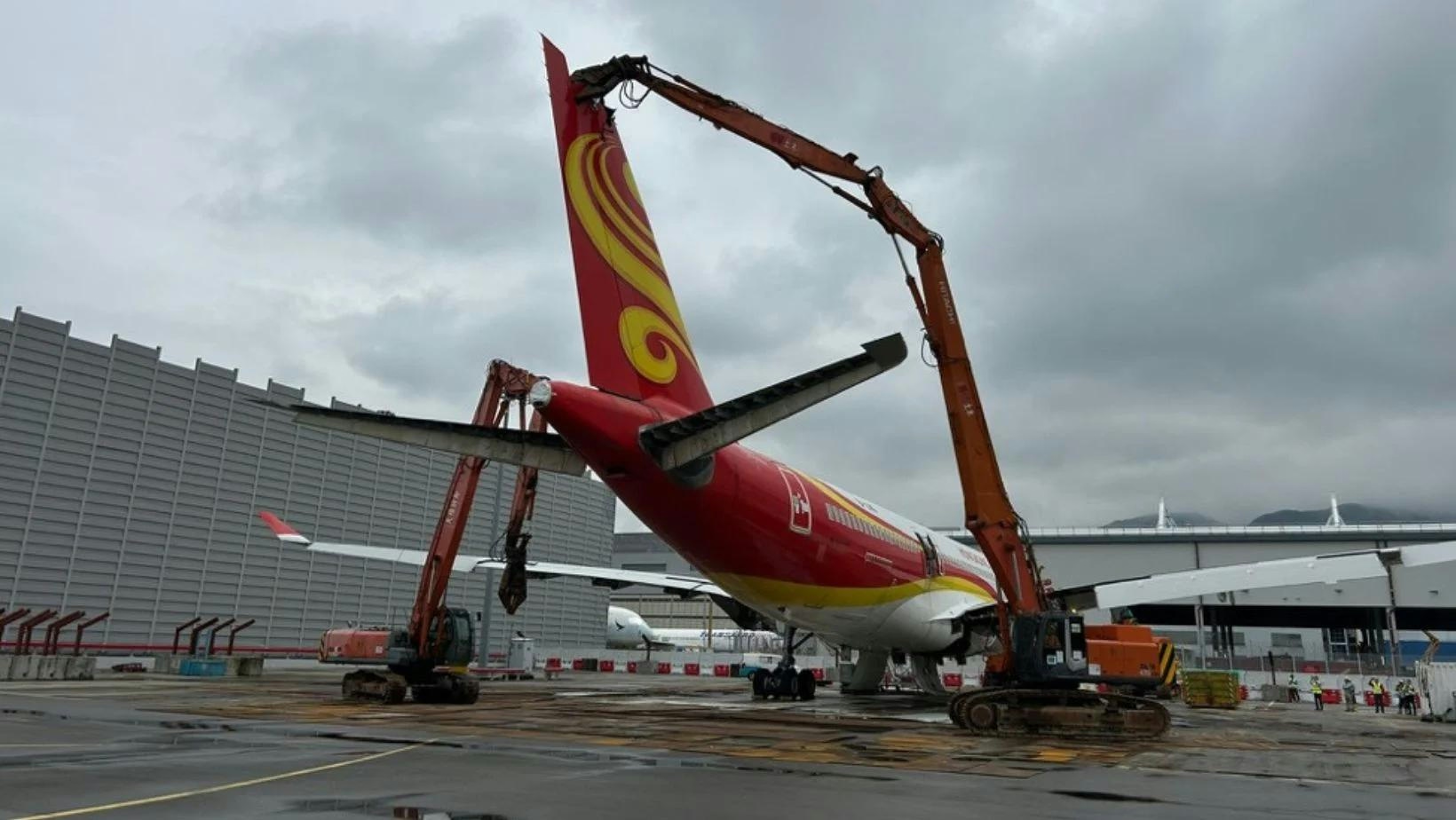
Smarter email, faster business.
Trending
Increased Liquidity Expected for Next-Generation Engine Leasing
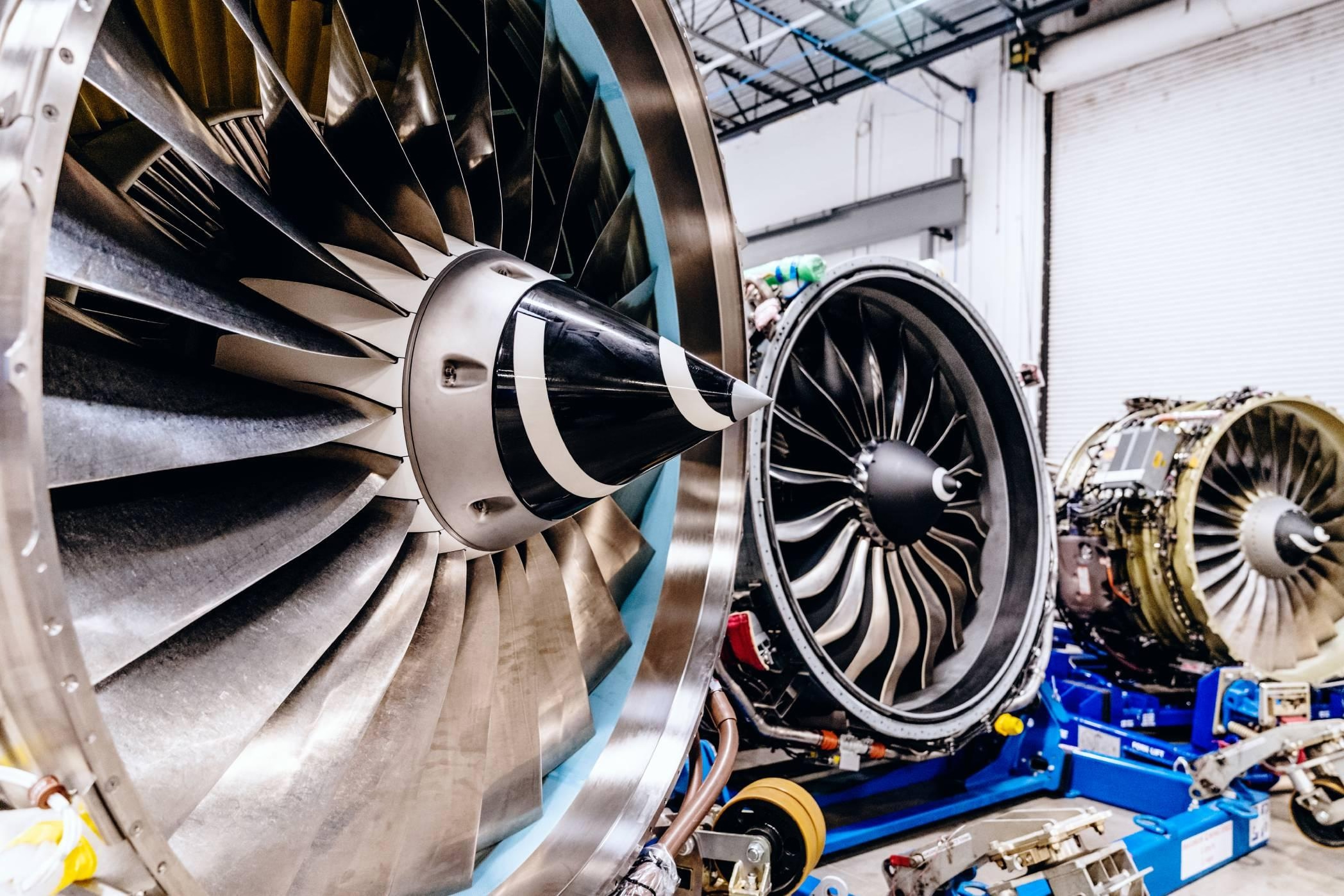
Increased Liquidity Expected for Next-Generation Engine Leasing
Anticipated Fleet Renewal and Market Impact
LONDON — The engine leasing industry is bracing for a substantial influx of next-generation aircraft engines over the coming two decades, a development poised to significantly increase liquidity demands and alter the competitive environment. At Aviation Week’s Engine Leasing, Trading & Finance conference in London on June 4, Darren Wormald, Chief Operating Officer of Engine Lease Finance Corporation (ELFC), characterized the forthcoming period as one of “gradual but significant” global fleet renewal. He highlighted forecasts from Boeing and Airbus projecting approximately 42,000 new aircraft deliveries by 2042, marking a pivotal transition from existing post-production fleets to new technology platforms worldwide.
Wormald emphasized the extended nature of this transition, noting that ELFC anticipates around 1,900 new technology spare engines will be in service by the end of 2024, with an additional 3,400 expected by 2033. This surge in new-generation engines is set to exert unprecedented pressure on market liquidity, with the delivery of these 3,400 spare engines alone representing an estimated $85 billion in new equipment entering the spares market—equating to roughly $10 billion annually. Of these, approximately 800 engines are projected to be financed through sale and leaseback arrangements, generating an estimated $20 billion in liquidity demand by 2033.
Market Concentration and Competitive Dynamics
Despite the growing demand, the engine leasing sector remains highly concentrated, dominated by a limited number of established players and experiencing few new entrants over the past decade. Wormald underscored the challenges this presents, stating that airline customers will require substantial liquidity, yet only a small group of lessors currently possess the capacity to provide it. This constrained competition has contributed to elevated demand for leased midlife engines, driving lease rates higher and extending overhaul timelines as operators contend with supply chain disruptions and emerging durability issues in new engine models.
In response to these pressures, market participants are adopting diverse strategies. Hanwha Aviation, for instance, has expanded its capabilities by acquiring an engine maintenance, repair, and overhaul (MRO) facility in the United States, aiming to bolster its service offering amid increasing demand and operational complexity. Concurrently, airlines, MRO providers, original equipment manufacturers (OEMs), and aircraft lessors are increasingly pursuing flexible leasing solutions to manage ongoing supply chain challenges and evolving operational requirements.
ELFC’s Role and Industry Outlook
Headquartered in Shannon, Ireland, ELFC specializes in mid- to long-term lease agreements and maintains a portfolio encompassing both current and next-generation narrowbody and widebody engines. As the aviation industry navigates this prolonged phase of fleet renewal, securing adequate liquidity and adapting to shifting market dynamics will be essential for lessors and operators alike.
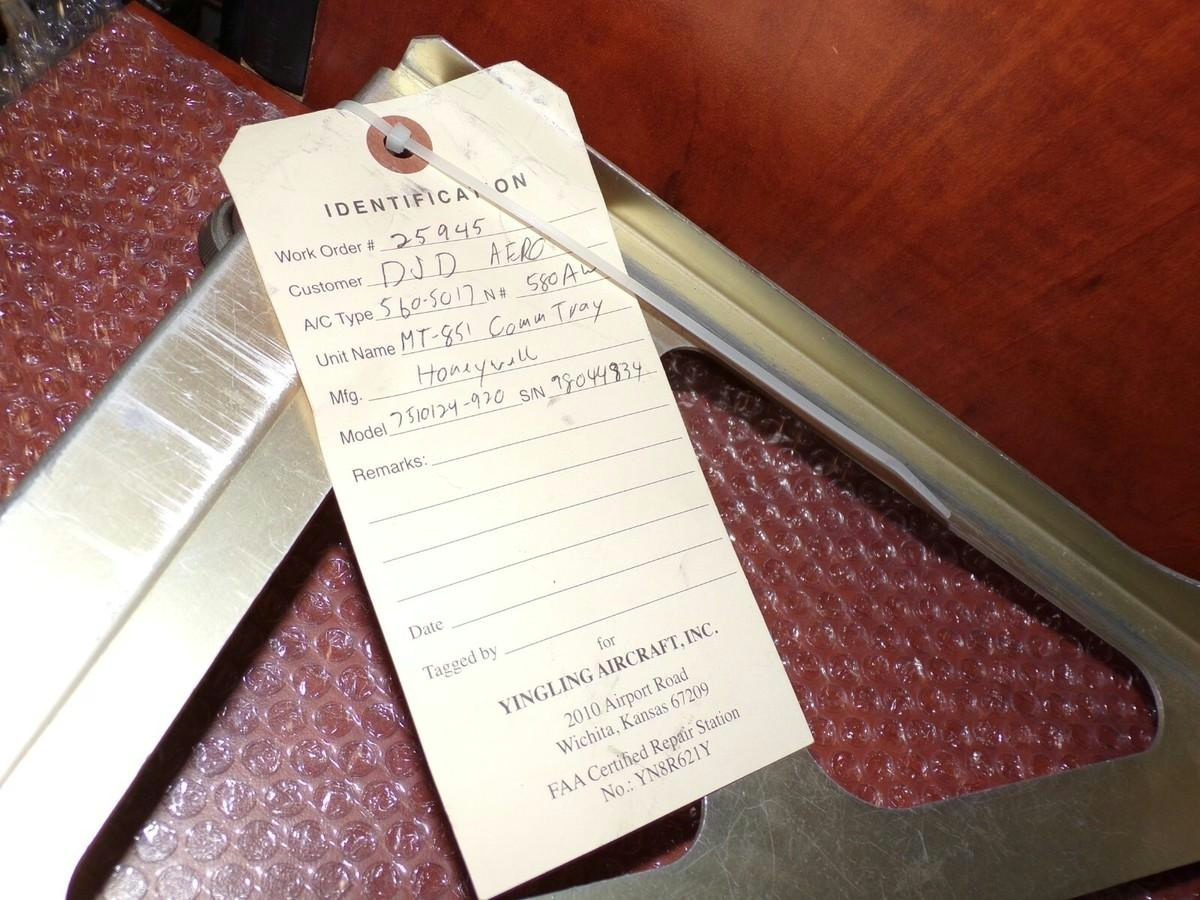
Yingling Aviation Named Authorized Honeywell Dealer

Does Joby Aviation's Milestone in Dubai Point Toward Further Growth?

New Invention Promises to Eliminate Airplane Emissions in Country
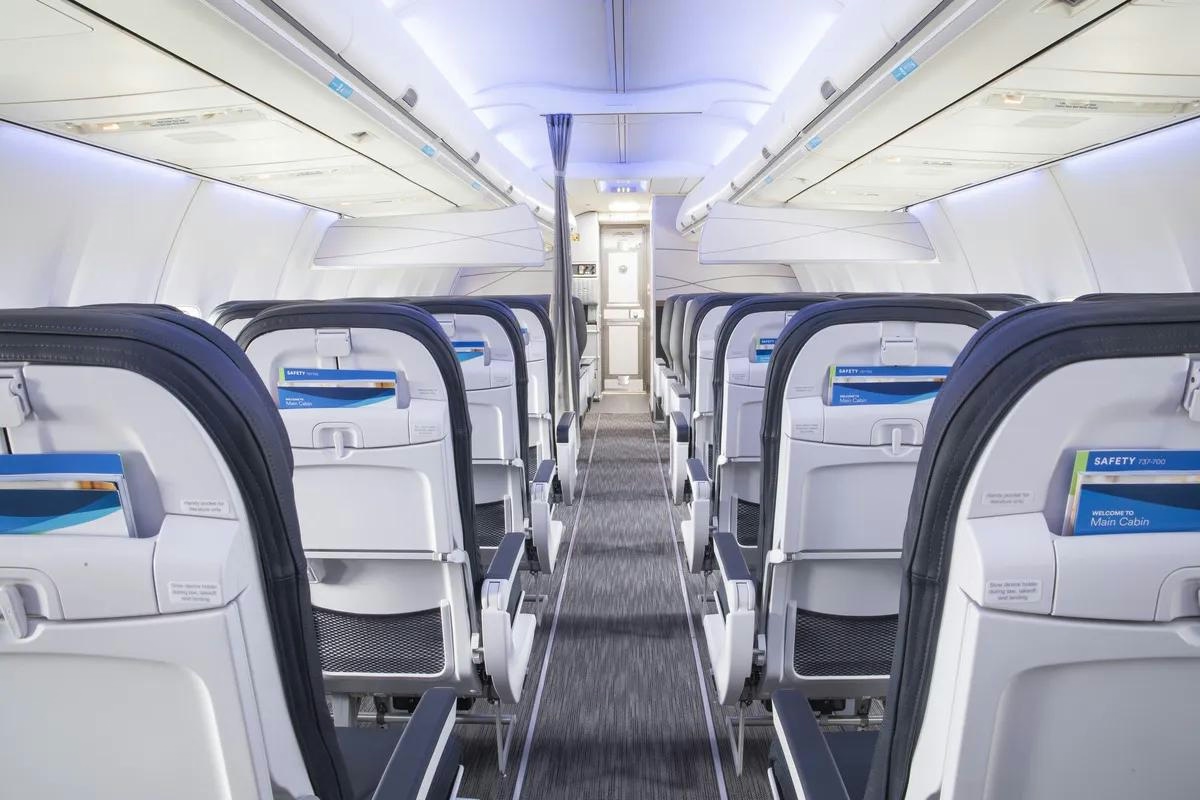
Key Questions on Chinese Travel, AI, and Airlines Answered by Skift
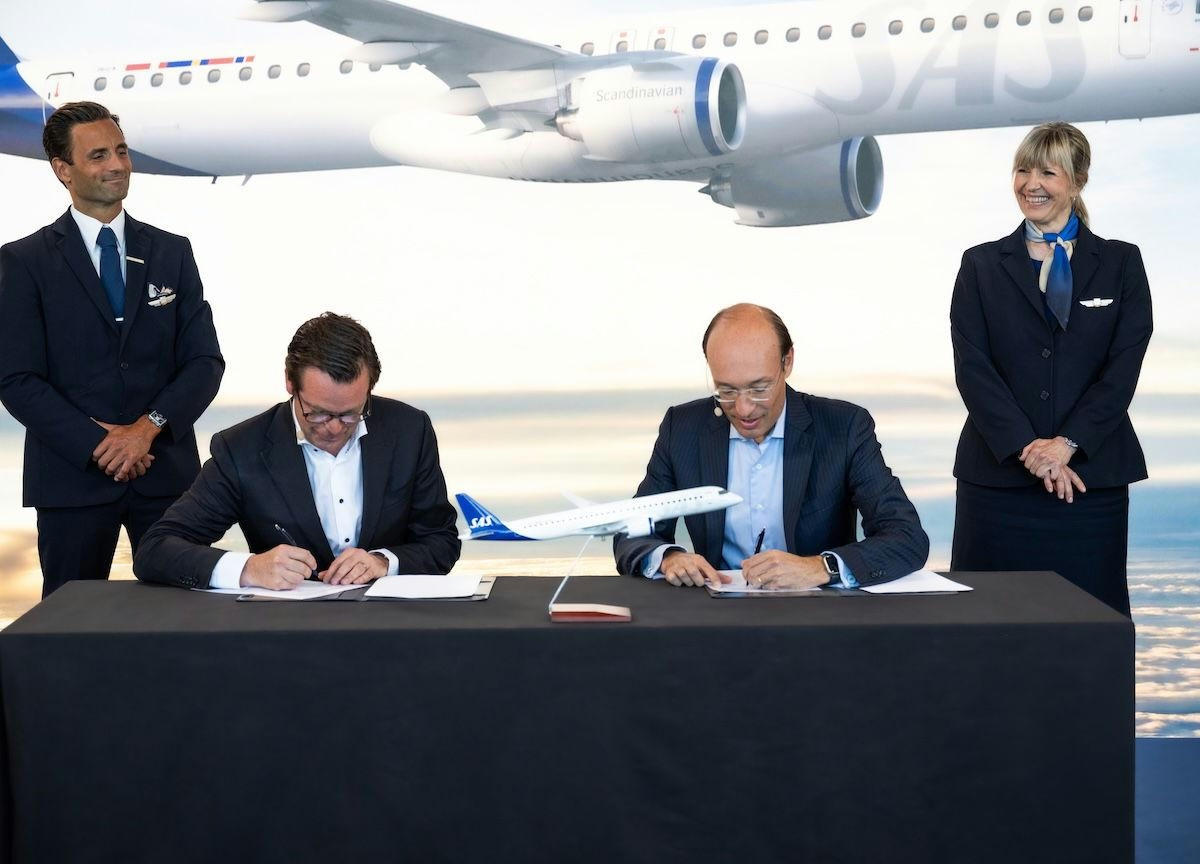
SAS Orders Up to 55 Embraer E195-E2 Jets
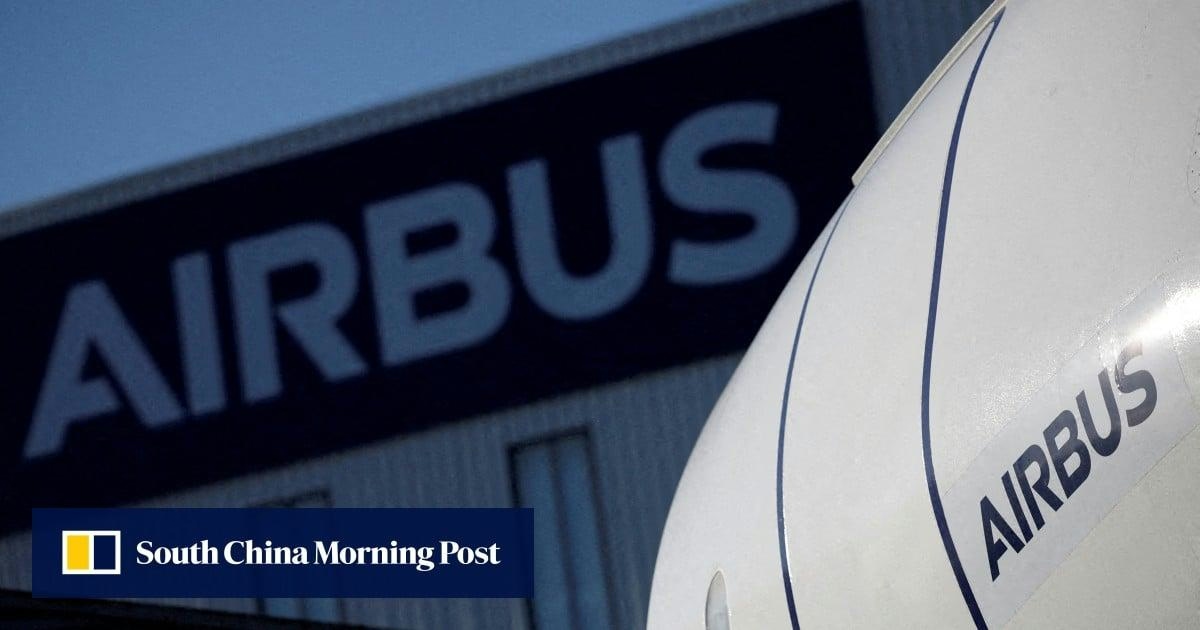
China edges closer to Airbus mega-deal, leaving Boeing out in the cold: analysts
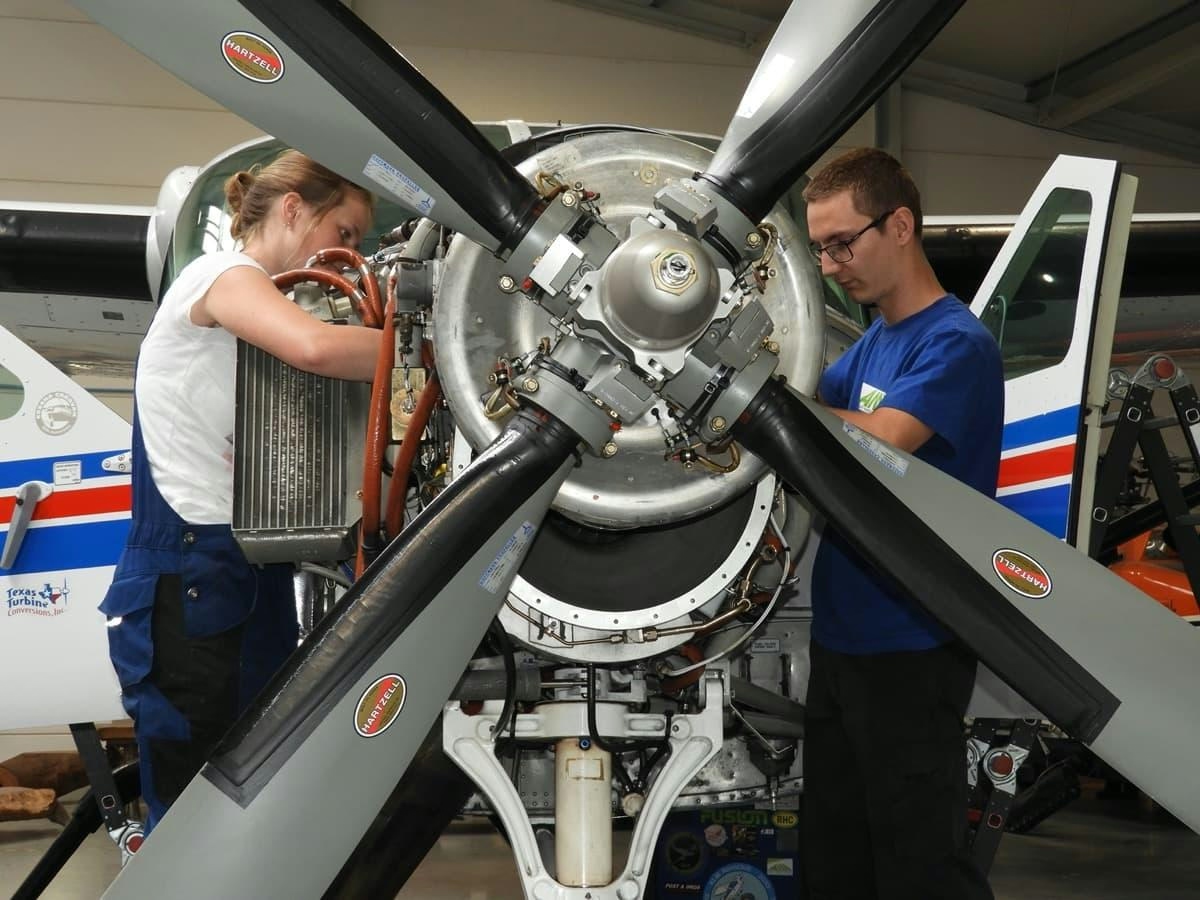
Rano Air Collaborates with Aviation Authorities to Investigate In-Flight Engine Malfunction

Portugal Hosts Aviation Pioneers at World Aviation Festival in Lisbon

World Star Aviation Backs XMAL’s First Lease Deal with easyJet
